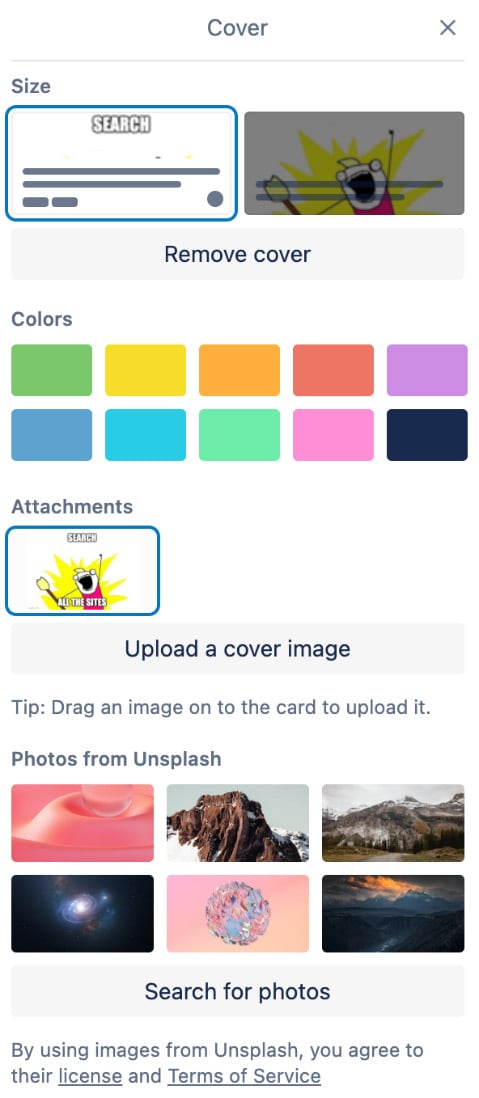Leveling Up Your Cards
If your head is still spinning from all the things you can do with a card, buckle up because we’re just getting started. While adding members, dates, and labels is most common, there are many other things you can include in your Trello cards to make them more powerful.
In this chapter, we’ll discuss how to add files, links, and any other attachments to your cards. We’ll also talk about locations, checklists, and card covers and how to use all of those fields to give even more context to your cards. In case you think of an input we haven’t already mentioned, you’ll learn how to create custom fields to store any other info you can imagine.




